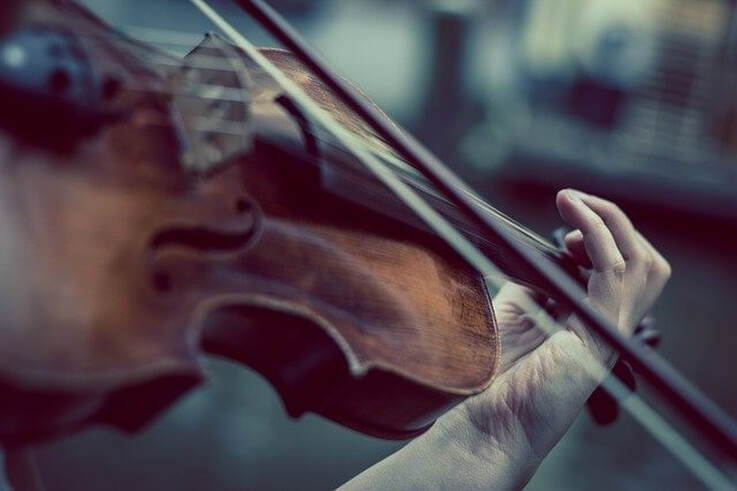Size Matters
There are a considerable number of people that completely ignore the size of the violin, especially when buying their first one. Picking the right violin size that suits your body size is an essential tip when you are trying to master the art of playing the violin. Adults can easily pick any 4/4, or a full-sized violin, without any thought into the process. On the other hand, young players and children need to pay attention to the size of their bodies and choosing the right violin that suits them. Other than age and size, you need to take into account your physical strength level and hand shape. If you are not sure at first which size will fit your body best, then it’s better to pick a smaller violin. Picking a bigger size than your body will result in chronic neck and back pain, and much greater difficulty in playing. The range of violin sizes starts from 1/16 which equates to 15 inches, to 4/4 which is about 23 inches long.
Choose the Right Brand
Many beginners usually feel at a loss when it comes to the price range and brand they should choose for their first violin. For example, buying an advanced violin with over-the-top quality doesn’t make sense for a beginner; instead, you should go for a good brand that is popular among beginners. You should expect your first violin to cost you at least $600; this is the average price for good quality violins when you don’t need a professional violin. Different violin brands can make or break your learning progress. Choosing a high-quality violin brand with good symmetry and expensive wood type will keep you more encouraged and eager to learn. This is why you need to make sure that you neither choose a very low-quality violin that will break as soon as you touch nor a high-quality professional $1500 violin that will only complicate your learning process.
You might be under the wrong impression that all violins look and feel the same. This couldn’t be further from the truth. Violins are made from different types of woods, with varying quality levels, and unique craftsmanship. These factors play a huge role in determining your violin sound. For example, you will find that solid wood such as spruce, maple, and other high-quality types of wood generate a much better, deeper, and smoother sound than cheap wood
Accessories
With violins, your strings quality and other accessories matter just as much as the violin brand and materials you choose. The type of strings you choose will highly affect the quality of your playing and training progress. For example, beginners usually perform better with nylon strings, or even better, synthetic core strings, as they are usually softer on the skin when compared to steel strings that are much harder to manipulate. Steel core strings, on the other hand, are more suited for advanced beginners. Don’t forget to pick a bow that complements your violin and brings the best out of it. For beginners, you will find that carbon fiber and carbon composite bows are much better as they have better strength and agility. Without rosin, there will be no sound. So, make sure to choose adequate rosin that will keep your bow in its tip-top shape.
Chances are when asking any group of random people about picking only one instrument to master, the violin will be ranked among the top choices. Not only for its soothing sound but playing the violin gives you a chance to be more expressive and in touch with your feelings; it’s an extremely important emotional outlet that allows you to release your feelings. The violin among other non-vocal instruments is deemed to be the closest to the human voice.











